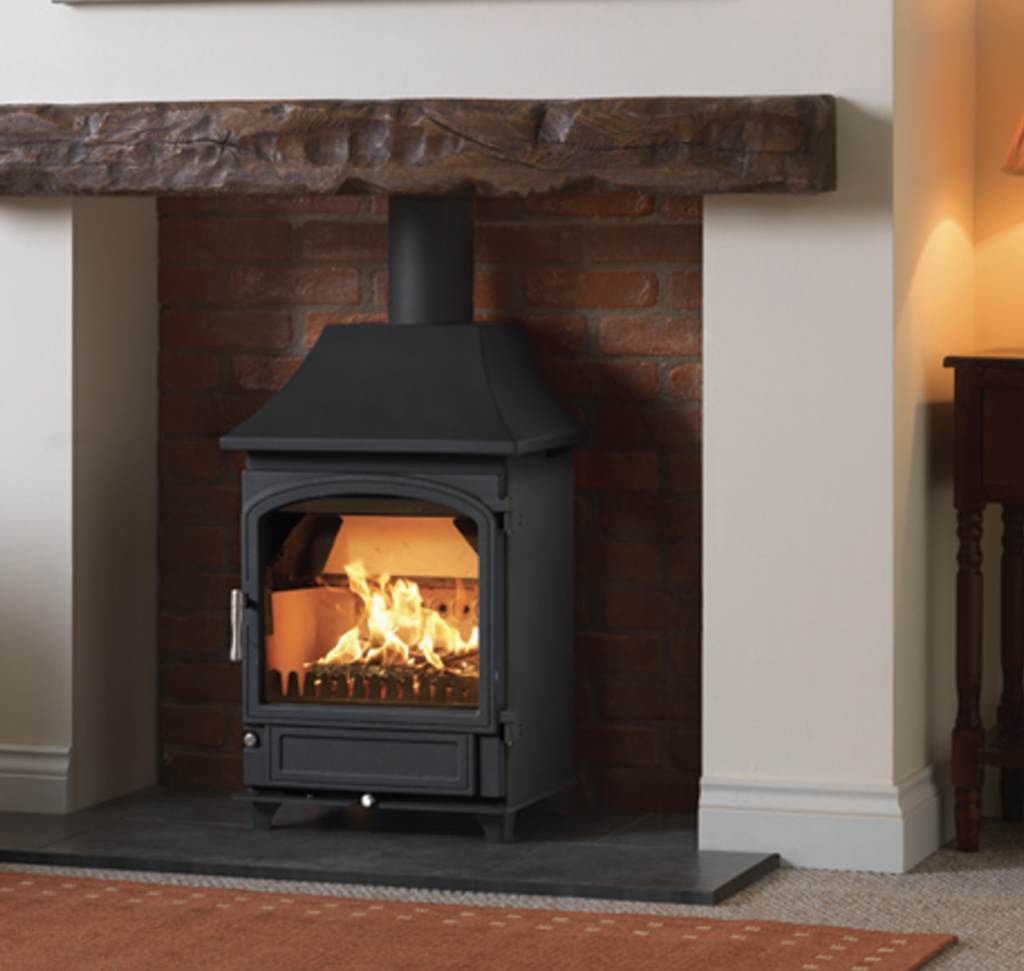As a business, we support the use of heat pumps in the right circumstances. Making a switch to a heat pump has a range of benefits. You are avoiding the volatility of the gas and oil market. They are also more efficient than traditional boilers and use cleaner electricity, so reduce your household’s carbon footprint.
A heat pump takes heat at a low temperature from the air or ground, increases the heat to a higher temperature and then transfers it to your house – providing heat and hot water.
Heat pumps can be difficult to install, are expensive and still need electricity to run. A lot of planning is also needed when installing a heat pump, far more than compared to a traditional boiler. Heat pumps work best when maintaining a constant ambient air temperature in a house. Due to this starting one from cold can take a while.
Heat pumps are new technology—can you even compare them to wood-burning stoves? Absolutely! While heat pumps, as we know, are new, in their original form, they were invented well over 150 years ago. Stoves go back a bit further than that.
Similarities:
There are some strong similarities that can be attributed to both heat pumps and stoves. The main one is that they are both environmentally friendly. With heat pumps, you are taking heat from the air or ground in a constant cycle. This is sustainable and renewable, with low or no CO2 emissions. With a modern Ecodesign stove, these too are pretty much carbon neutral. Burning correctly seasoned wood on an Ecodesign stove can produce less carbon dioxide than if the wood was left to rot on the floor of a forest.
If trees are planted at the same rate as they die or are cut down, you have a sustainable and renewable energy source. Trees capture carbon dioxide from the air.
Both heat pumps and wood-burning stoves are similar insomuch as they both take a while to produce heat in a room. Both are not as quick as conventional central heating. As mentioned before, a heat pump works best when it’s constantly on, and so does also take time to start up and warm a house. A stove takes a little preparation and time before producing heat.

Differences:
The main difference between a heat pump and a wood-burning stove is that the former runs on electricity, while the latter runs on wood. They also look rather different too. Furthermore, a wood-burning stove is designed to heat one room, which can be an incredibly efficient way to keep warm if you’re in one room for most of the evening. Unlike a heat pump, a stove will be unable to heat an entire house.
According to the Energy Saving Trust, people can save around £80 a year for every 1c reduction in thermostat temperature. By using local space heating, such as a wood-burning stove, people can turn their thermostat right down and use a local space heater to help maintain a comfortable room temperature. The rest of the house they’re not in will still have some degree of warmth, perhaps not enough to relax in during the evening, but warm enough when they go to bed.
Heat pumps are designed to heat the entire house.
A wood-burning stove is completely off-grid – a major advantage over a heat pump, which runs on electricity. This means if you suffer a power cut, the stove will be there to keep you warm. One huge difference we need to mention, of course, is the looks. The sight of a wood-burning stove warming a room is incredible. A heat pump, despite its advantages, would simply not be able to match a stove in this respect.
Despite the similarities and differences, both heat pumps and wood-burning stoves have their own distinct points. Both are an environmentally friendly way to heat a home.
Learn more about our range of wood-burning stoves here.








